The Article
DEGRITTER MK.II ULTRASONIC CLEANER
4th September 2023
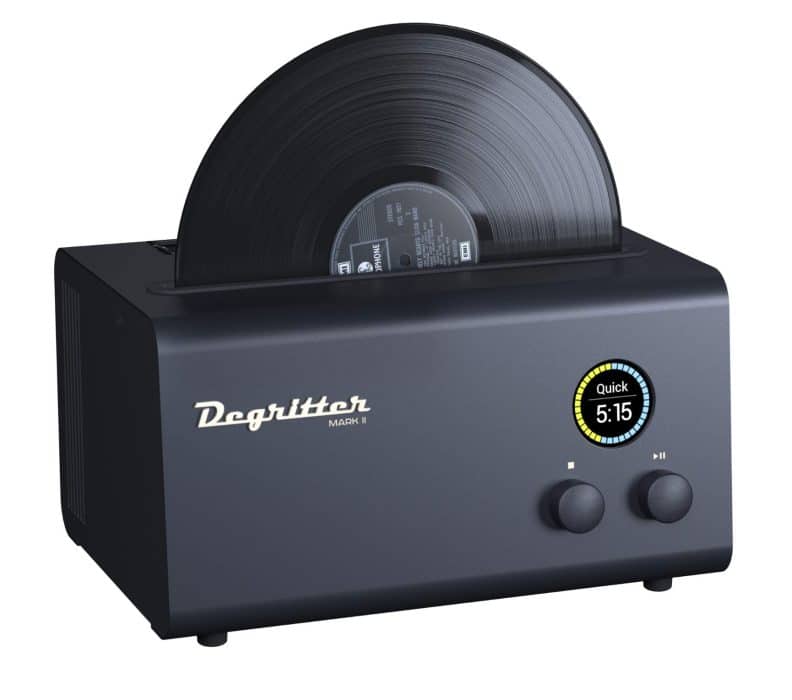
Last reviewed back in 2020, Degritter has finally released a Mk.II of its excellent ultrasonic vinyl cleaner. Paul Rigby wonders what, if any, improvements are on offer
This is a review of the Mk.II Degritter from of the perspective of the Mk.I and how it compares to the Mk.I. This is not a review of the basic Degritter ultrasonic cleaner technology itself. I’ve done that already and don’t intend to repeat myself so, if you want to know about the underlying Degritter tech, the hardware interface and software features then check out this link.

Also, in case you eventually purchase a Mk.II – or Mk.I for that matter – after my own extensive research, I don’t follow Degritter’s recommendations on preparing vinyl for cleaning in the Degritter. If you want to see how I do it and why, then check out the Vinyl Cleaning Guides. The vinyl preparation section of either Guide gives you the information you need. If you have trouble finding the relevant section, give me a shout in the comments.
First up then? Let’s look at the tech differences between the Mk.1 and Mk.II.
MK.II TECH
So what can you expect to see in the Degritter Mk.II?
Firstly, the Mk.II now fluctuates the ultrasonic process in a pulsing motion, which apparently enhances the cleaning action, moving between 50% and 120% power over a period of 70ms, which moves the frequency by 14Hz. The cleaner covers a sector of each vinyl disc spanning 5cm at a time and each sector will experience multiple pulsations.
Next? Each of the included four hardware transducers fixed inside the cleaner now experiences smaller frequency sweeping. This means? Well, ultrasonic transducers vary slightly in their performance levels so one might have a resonant frequency of 124.1kHz while another might have 125.2kHz, for example. Frequency sweeps mean that each transducer has its time to shine during each clean.
The Mk.I had a larger sweep than the Mk.II. The smaller sweep of the Mk.II means more intensive cleaning because each transducer spends more time in resonant mode. In its sweet spot, you might say. Doing it this way means the Mk.II uses less power too so is more efficient.
The Mk.II has also been improved in terms of fault finding so if a circuit ever goes south then the Mk.II will be able to recognise that. If a transducer ever breaks down, the Mk.II will be able to report that issue too. All of this helps to speed up repairs.
Next? The water pump has been upgraded now to reduce foaming. Foaming means greater risk to soaking the record label – or even for the bath liquid to fly out of the machine on occasion. Hence, the new pump prevents his.
Finally? During the test I was able to test a beta version of the latest software which enables you to turn off the pre-soak feature.
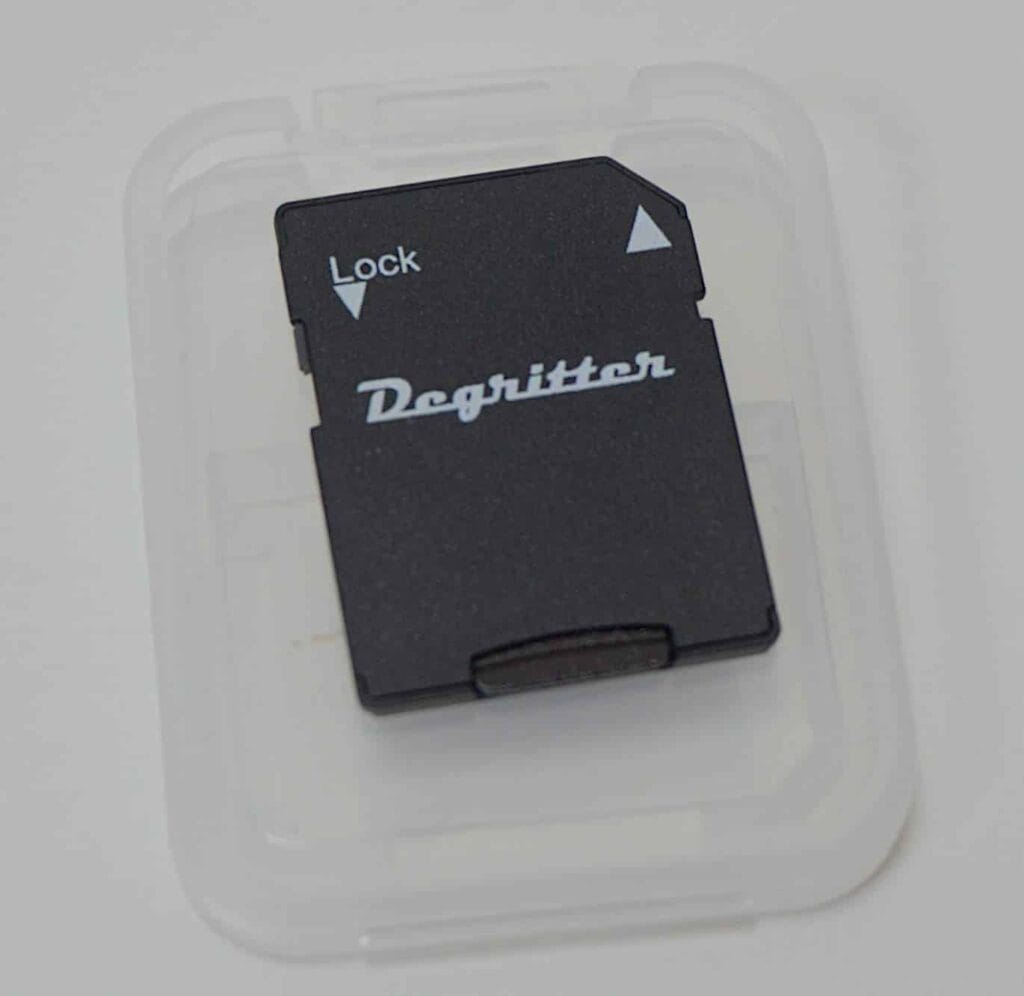
I dislike pre-soak because I add surfactant directly to the vinyl surface. If I do that, then a pre-soak will wash all of my surfactant off and lower my cleaning efficiency so having the ability to disable pre-soak is great news. In the future, however, I will be doing additional testing on this machine to show you how pre-soaking can be a useful feature.
THE TESTING METHOD
I decided to test two LPs. One newly released and unplayed from the electronica group, Plaid. The track I choose offered guitars and drums plus cymbals though. The other review disc was an older, second-hand LP from the band, Japan. And what’s worse, a (sort of) live track. Nasty because sonics are not the best in the first place.
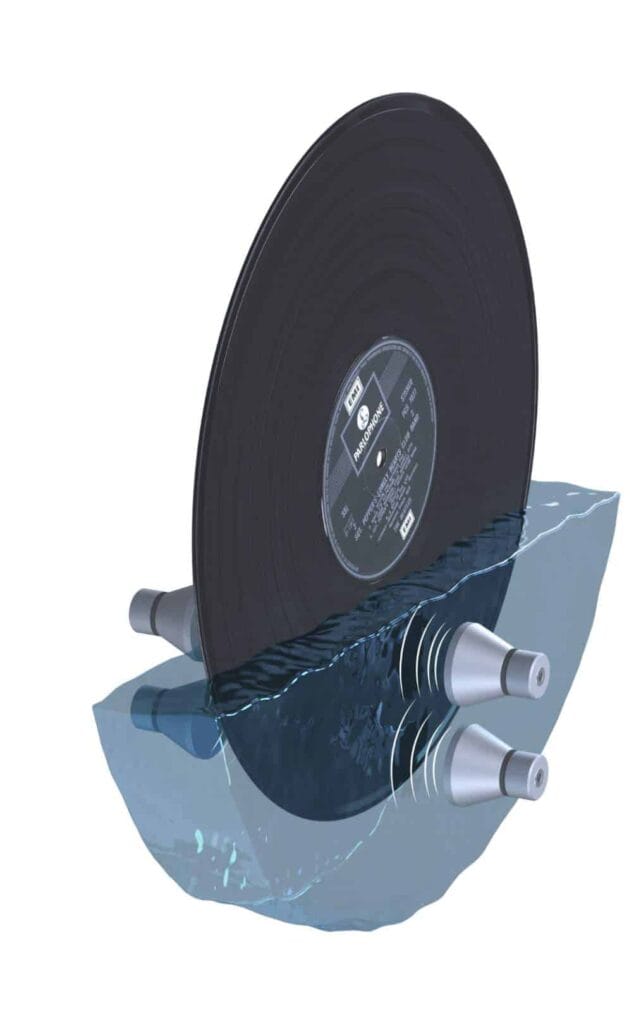
As I discuss in my Vinyl Cleaning Guides here on this website, my typical cleaning cycle consists of adding surfactant to each side of the vinyl, then cleaning in the Degritter and then drying. To repeat, that is one cycle. I gave each vinyl here a mimimim of six cycles. In my own extensive tests, I found that the sonic improvements from the Degritter started to decrease after the third or fourth cycle. Cycles five and six are still worth the effort though, in my opinion. After the sixth cycle, the benefits were minimal. Nevertheless, to make doubly sure for this important test, I cleaned the Plaid LP over eight cycles and – because I think I had already thoroughly cleaned the Japan disc – I’m pretty sure I ended up cleaning that disc a total of 12 cycles.
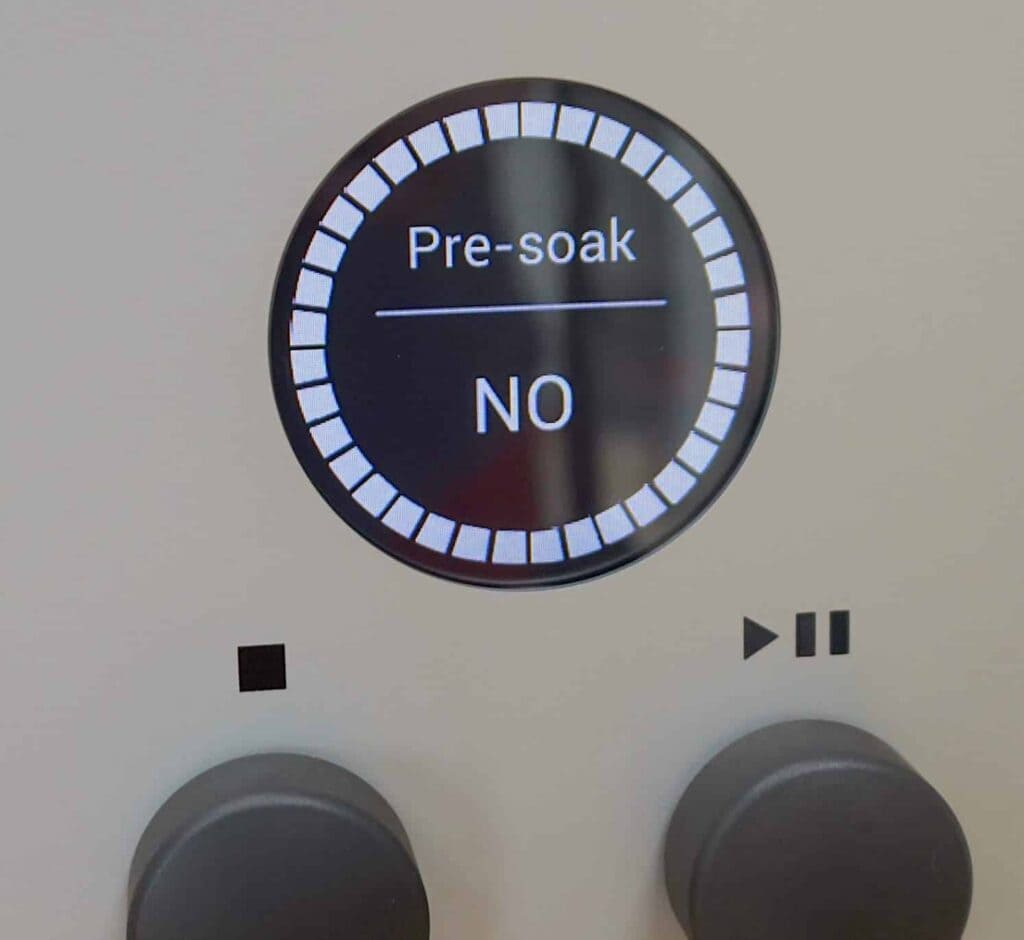
At the end of the clean, each disc was rinsed.
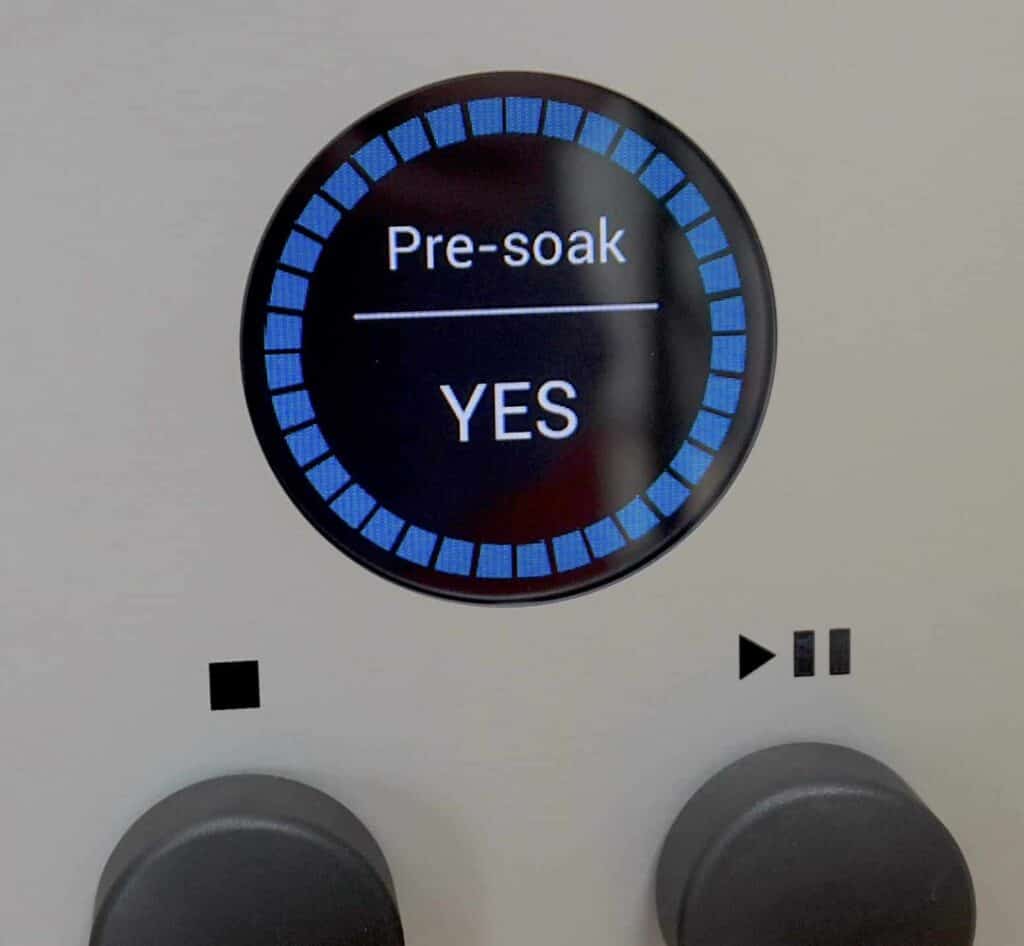
So why go to all that trouble?
Because it then removes the Mk.I as a variable. The upshot being that, after that lot, there should be nowhere else to go now for the Mk.I in terms of sonic improvements to that vinyl disc. That is, if I clean that disc any more in that machine, there will be no further sonic improvements. If the Mk.II provides sonic improvements across both LPs then that will solely be down to the improved design of the Mk.II itself. Nothing else.
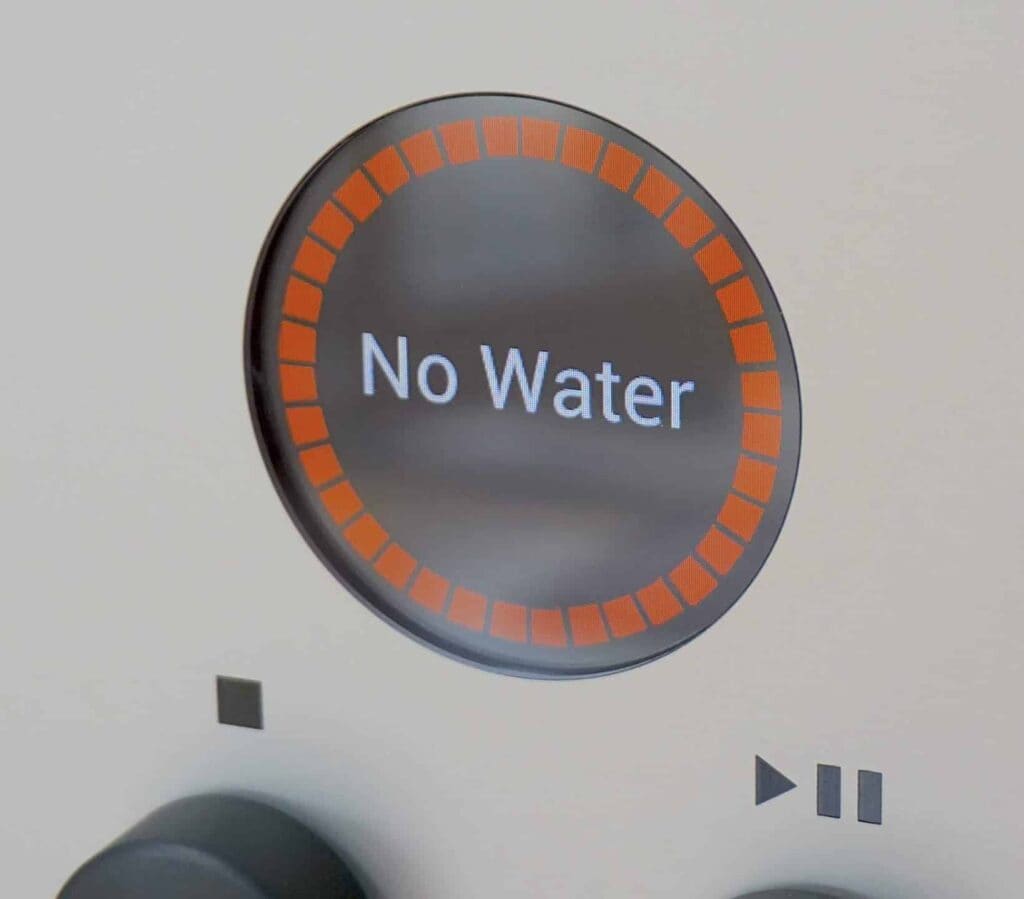
After the Mk.I cycle cleans, I listened to each, then inserted the review vinyl into the Degritter Mk.II and cleaned each LP for one cycle each only plus a rinse to see if I could hear any new sonic changes.
SOUND QUALITY
I started with the harder task and the newly released, unplayed Plaid LP. It’s basically clean of course but the grooves are still full of release agent. This stuff needs to be removed thoroughly.
And the result? Well, to begin, I was listening to the music itself in wonder at the creative talent from Plaid. I wondered how they kept come up with musical treasure and how they maintained their high standards.
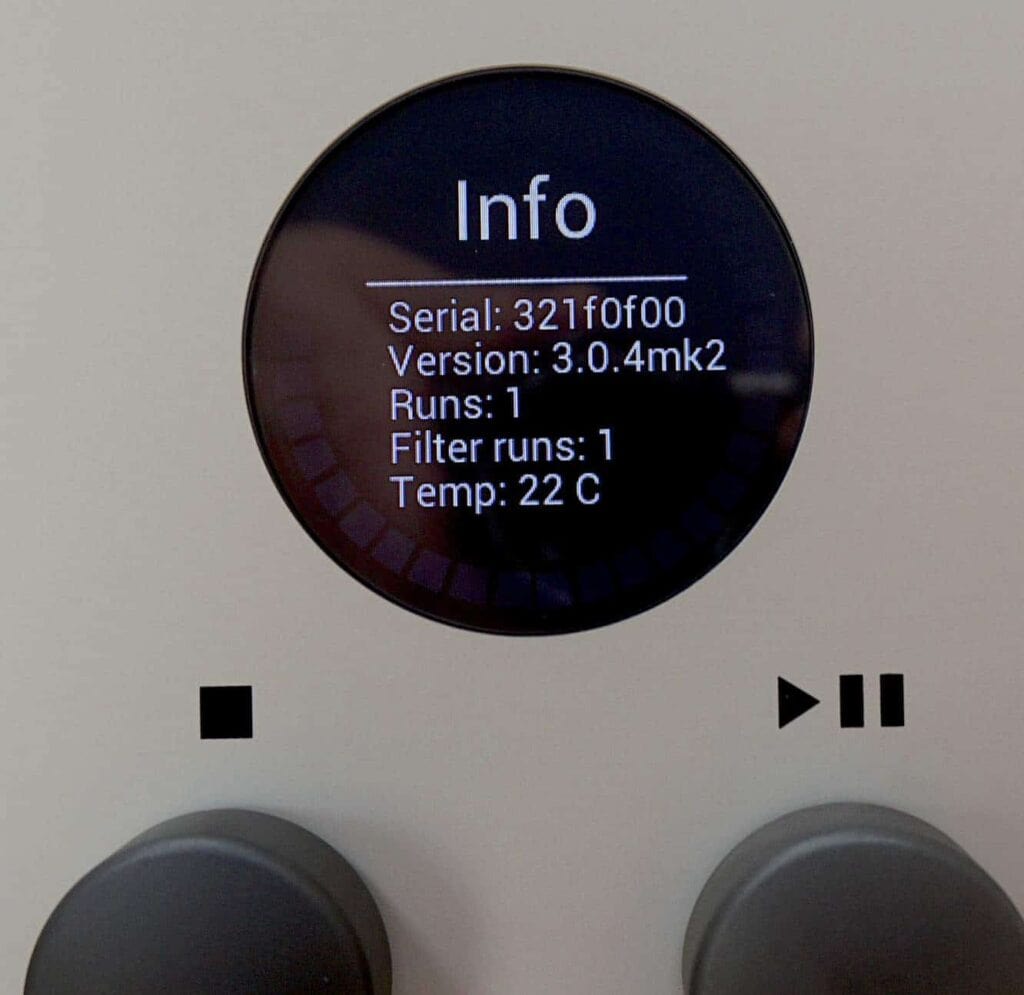
During these tests, I then thought the same about the team at Degritter.
This Mk.II is stunning. Absolutely stunning.
I was completely surprised at the improvements because I really didn’t believe the Mk.I could be improved and by an appreciable much.
Via the Mk.II? In relative terms and compared directly to the Mk.I? Bass was a beast. A real beast. The lower frequencies tightened and were measurably denser in terms of response. The extra focus around the lower frequencies added further punch and power.
As for the mids and treble. They now hit a real high-end sound feel. Complex and intricate, blending subtle fine details to weave a fine web around the soundstage giving a focus and precision but a level of detail that added both layering and 3D sound. Features that I struggled to experience via the Mk.I.
Treble offered fragility but also presence in how it delivered the metallic weight of each cymbal hit while the human voice punctuation at the start of the track now sounded less like a cough and more of its true guttural grunt.
And let me repeat – this level of performance derived from a brand new record already cleaned over eight rather gruelling cycles, by the Mk.I.
For Japan after the Mk.I clean there was a noticeable harsh edge across the tip of the upper mids. It wasn’t egregious but the edge was noticeable. The unstable midrange and treble extremes highlighted the music and not in a good way.
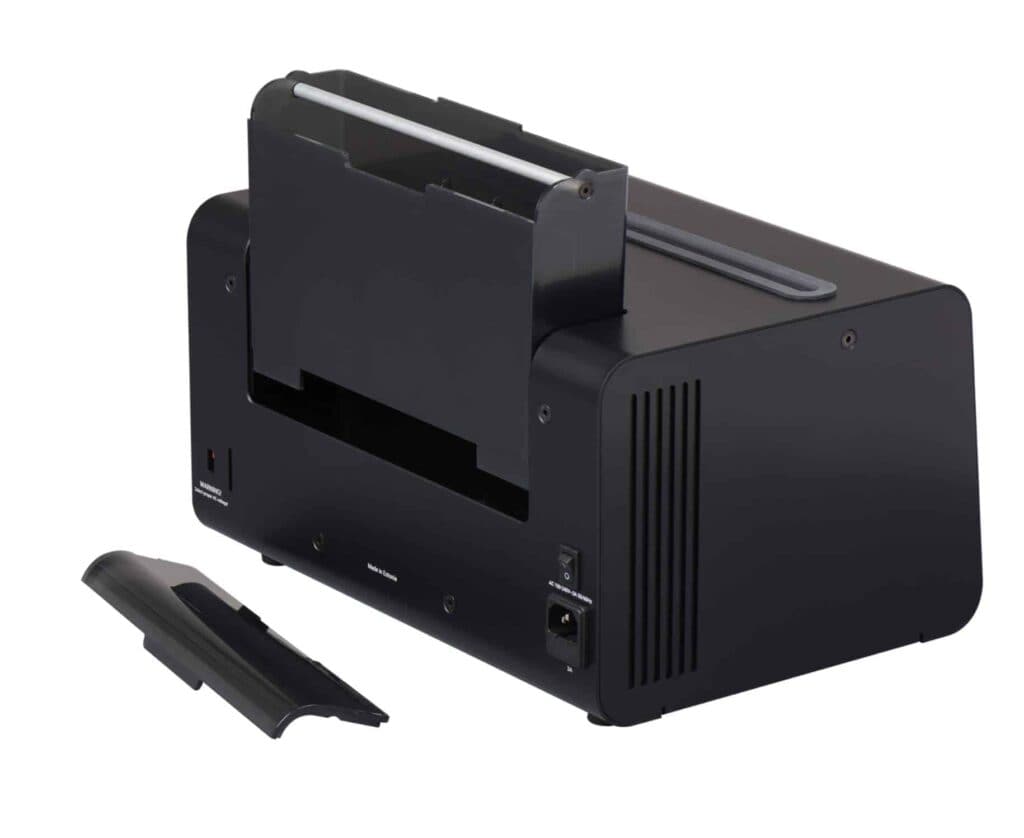
This live album showed how out of control the frequencies where in the large auditorium. They lacked control and the sound added a chaotic feel to the presentation.
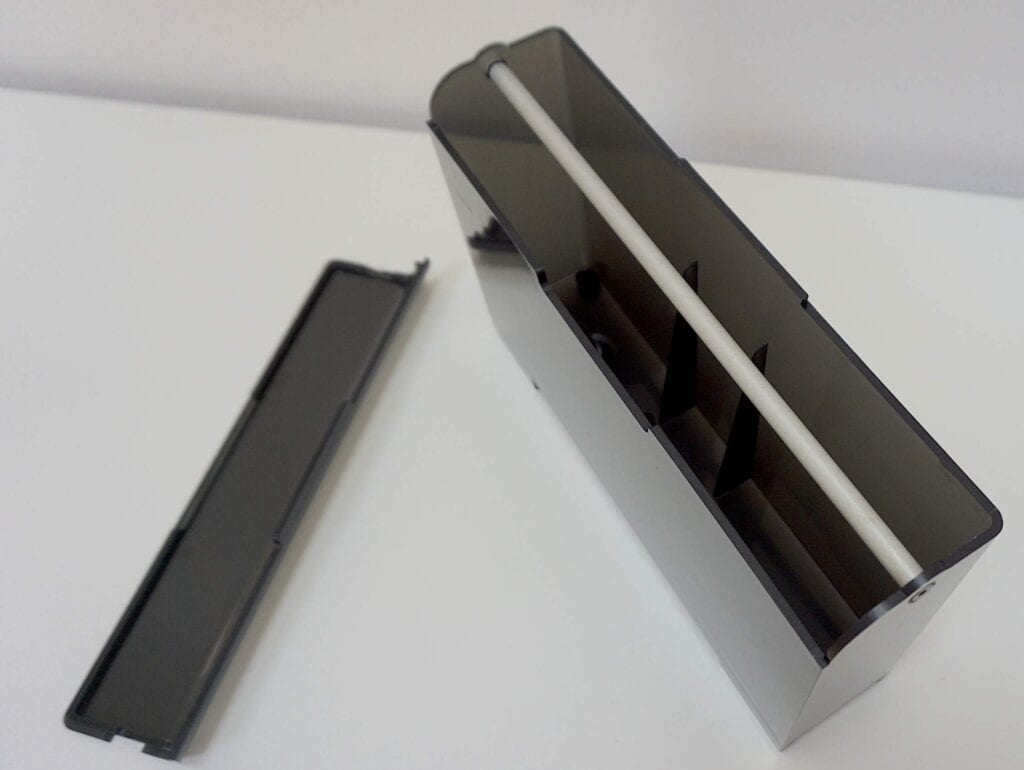
After the Mk.II cleaning? I was wrong. Completely wrong. The edgy mids were not the result of the auditorium. They were the result of release agent residue that had yet to be removed. With that now gone after the Mk.II clean, so had the midrange edge. Again, I was surprised and a mite shocked, I have to say.
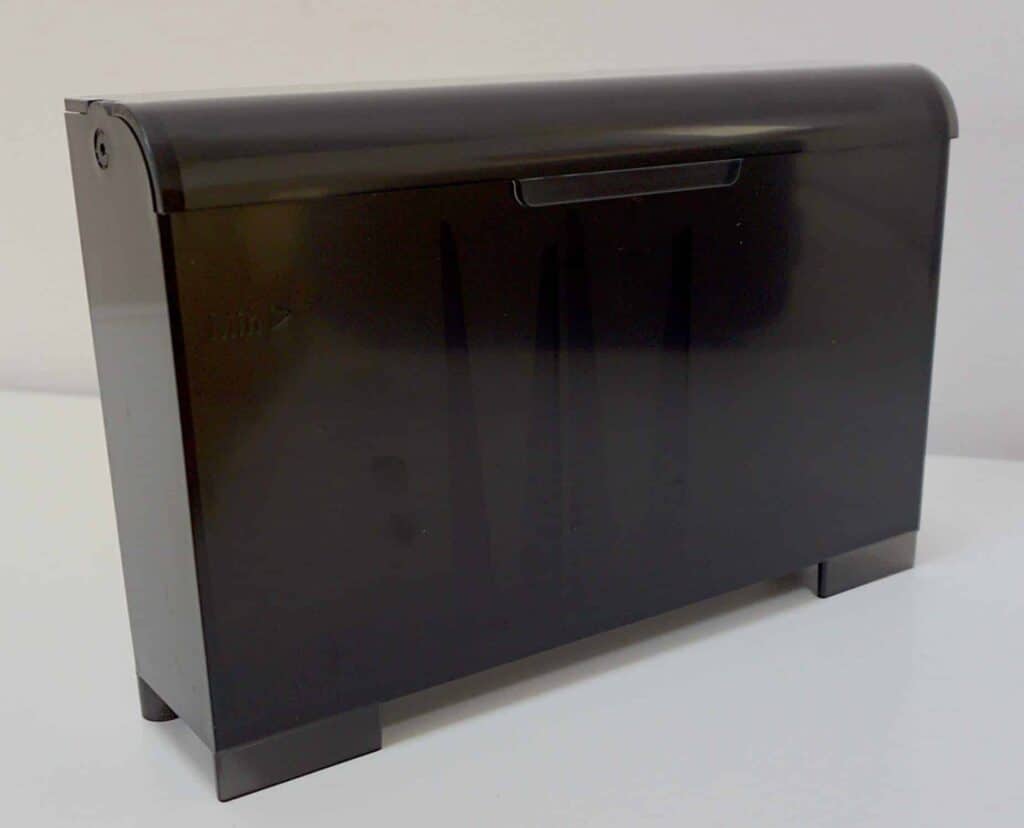
Yes, the music still sounded thin and weedy and uncontrolled and the auditorium remained cavernous in presentation but the actual edge had gone.

And this reminded me how wrong we all may be when judging the output of certain vinyl pressings. Does that vinyl pressing actually sound bad? Or does just need a proper clean? And I’m not talking about dust removal, I’m talking about hard to shift release agent.
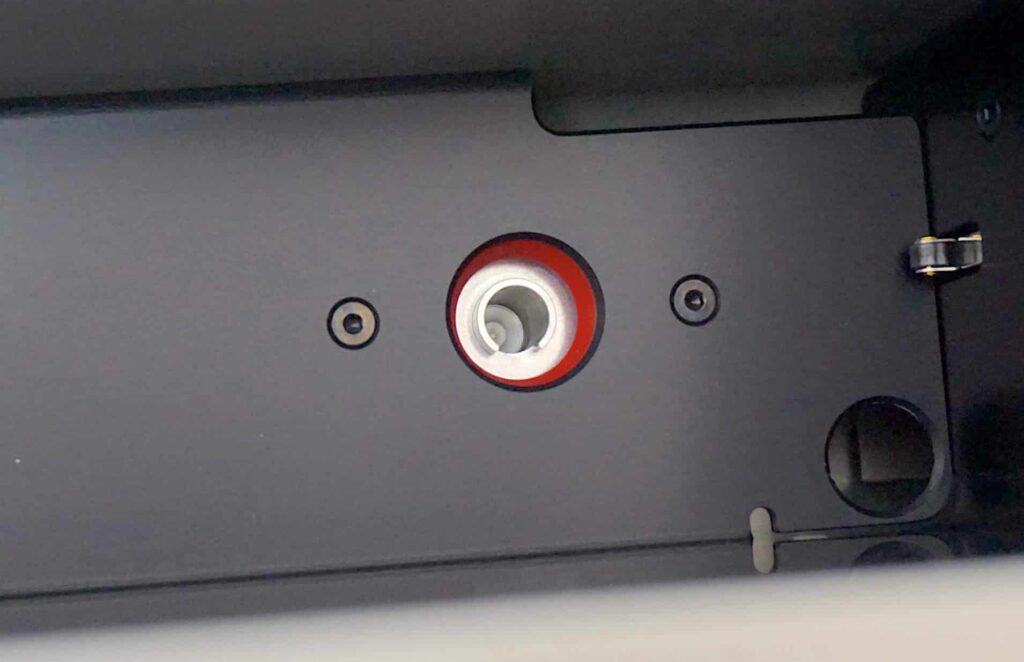
I’ve heard vinyl sound transform itself on more than one occasion after an extensive ultrasonic clean. It’s something to bear in mind.
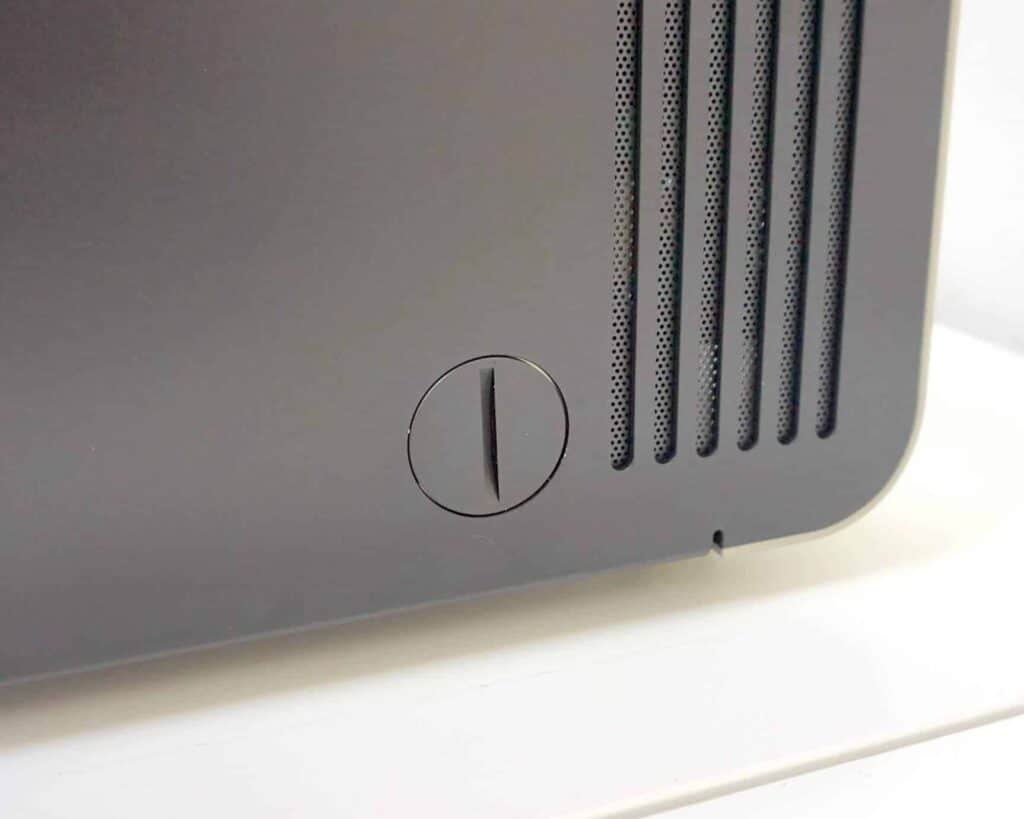
On this LP though, bass was now tighter and better controlled, mids offered an improved structure, not just superior sound.
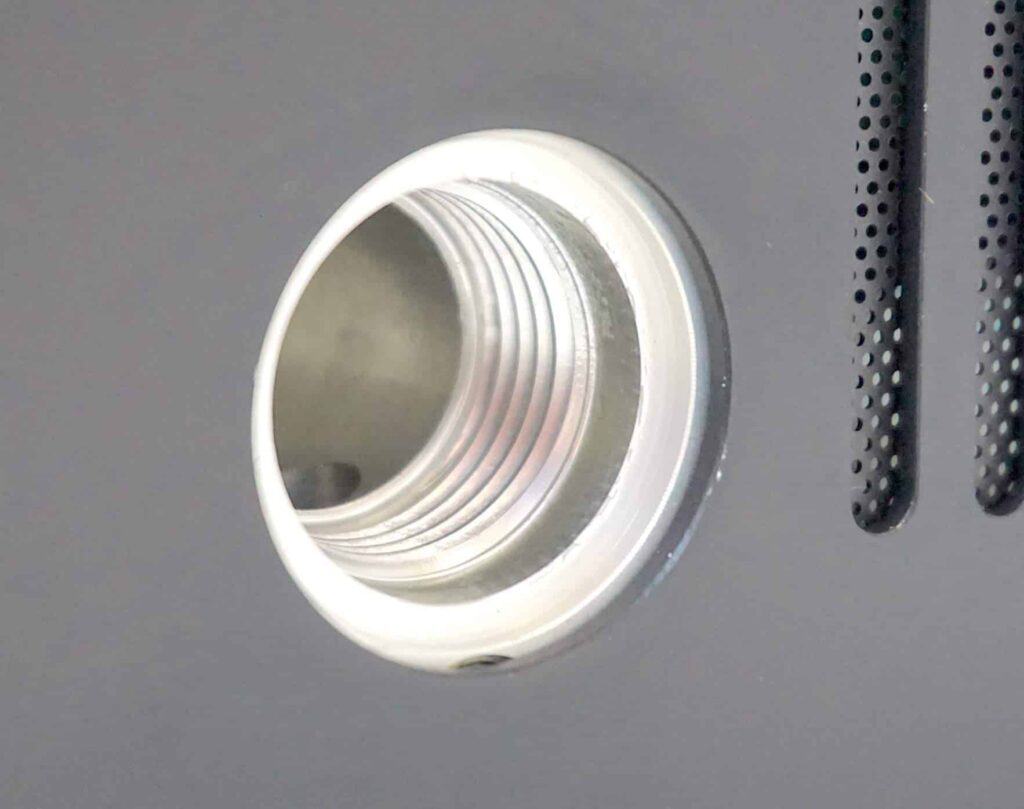
The actual soundstage was now better organised. Vocals provided enhanced texture now.
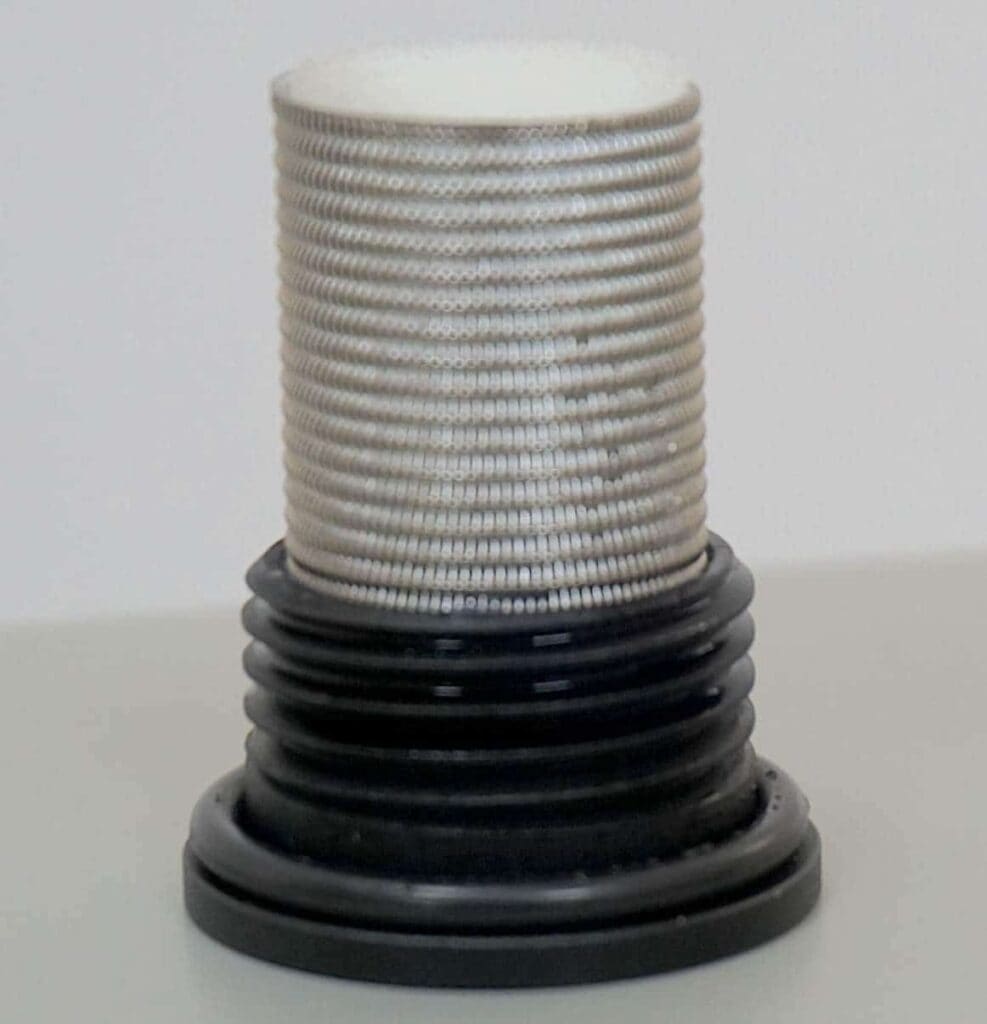
In fact, the entire performance was improved right across the board now.
CONCLUSION
I was expecting a graduated improvement from the Mk.I to the Mk.II. I was expecting to say that the improvements were small, enhanced slightly here and there, maybe adding a small peak of performance at this or that point but no. For a vinyl cleaner and considering the expectations that you place on a vinyl cleaner of any sort, the sonic improvements from Mk.I to Mk.II are large, impressive and often startling. Right across the sonic spectrum I heard major enhancements, even the restructuring of the entire soundstage. That’s not minor fare. That’s significant.
If you have the budget and you’re looking for your first ultrasonic cleaner then the Mk.II is your choice. There is no doubt about that.
If you own a Degritter Mk.I what do you do? Well, the Mk.I remains excellent. Sure, its now second best vinyl cleaner in the world but it remains top notch and highly recommended. Question is: should you upgrade? That’s up to you, your budget and how fanatical you are about vinyl cleaning.
But look, don’t take buying advice from a vinyl madman. Look at your bank balance and take a sensible view.
If it was me, though? Personally? If I had just completed a private demo? After hearing the results? I would have no choice. I’d start saving.
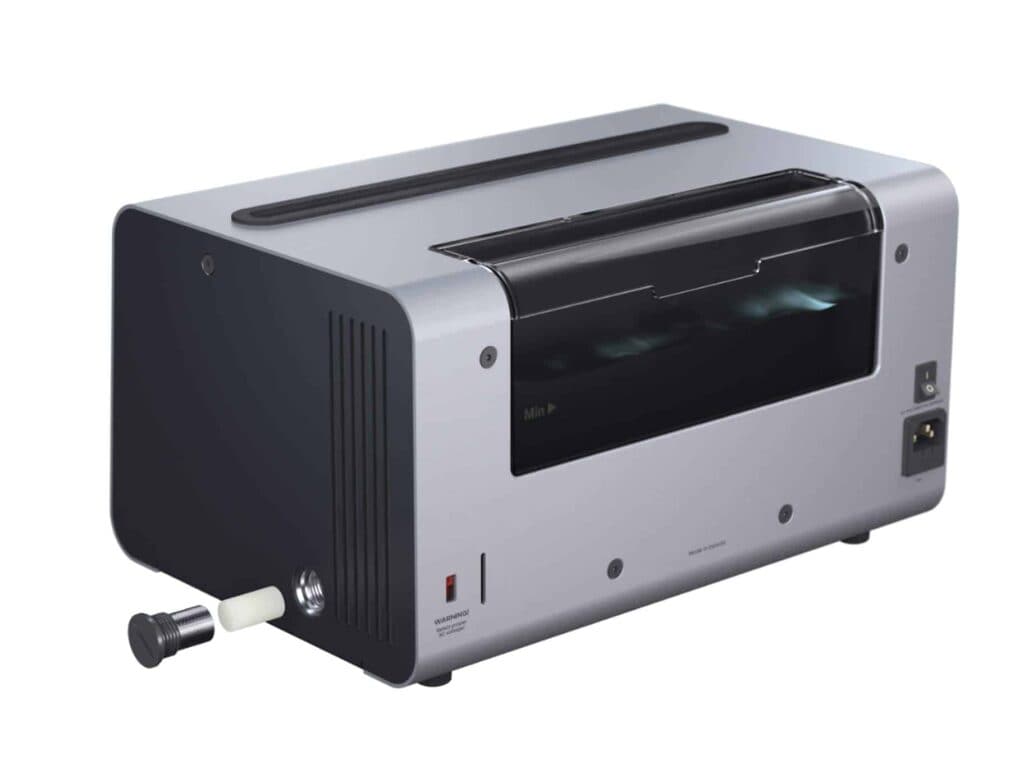
Bottom line? Some might say the Degritter is on the cutting edge of vinyl cleaning right now but no, I disagree. Why? Because the team at Degritter is the cutting edge.
DEGRITTER MK.II ULTRASONIC VINYL CLEANING MACHINE
Price: £2,550
Tel: +372 5884 8839
Website: degritter.com (click here for local suppliers: degritter.com/region)
GOOD: sound quality, Mk.II sound improvements, familiar interface and sockets, fault finding abilities, upgradable software
BAD: nothing
RATING: 9
[Don’t forget to check out my Patreon Page at www.patreon.com/audiophileman, for exclusive postings and more!]
REFERENCE
Origin Live Sovereign turntable
Origin Live Enterprise 12″ arm
Icon PS3 phono amplifier
Aesthetix Calypso pre-amp
Icon Audio MB845 Mk.II Monoblock Amplifiers
Blue Horizon Professional Rack System




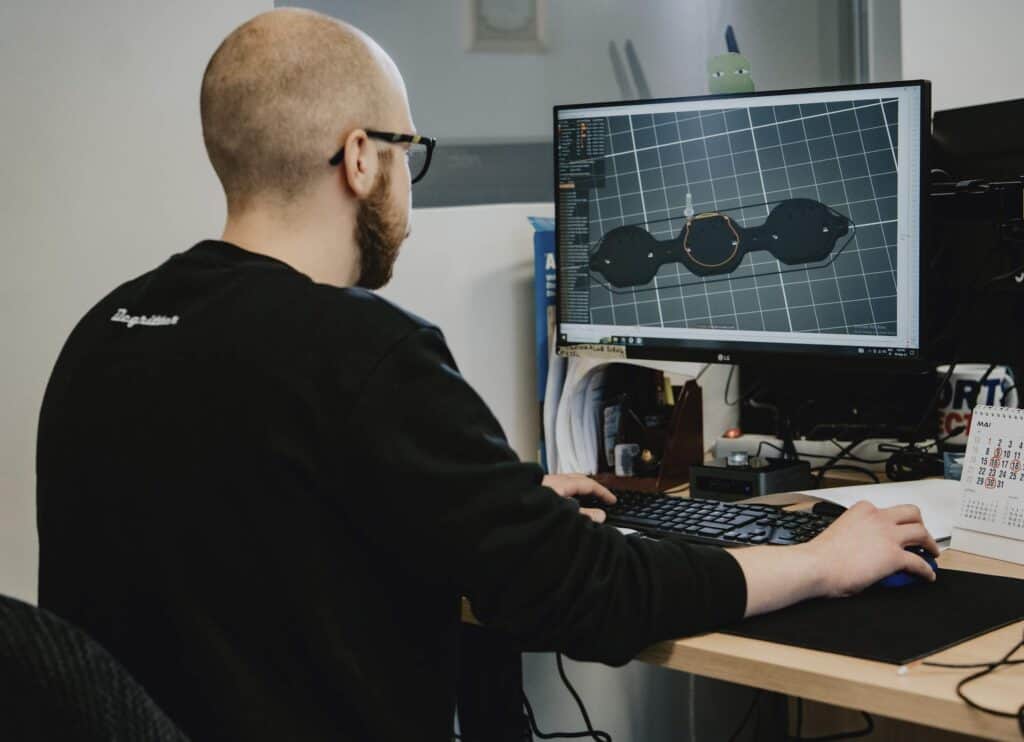


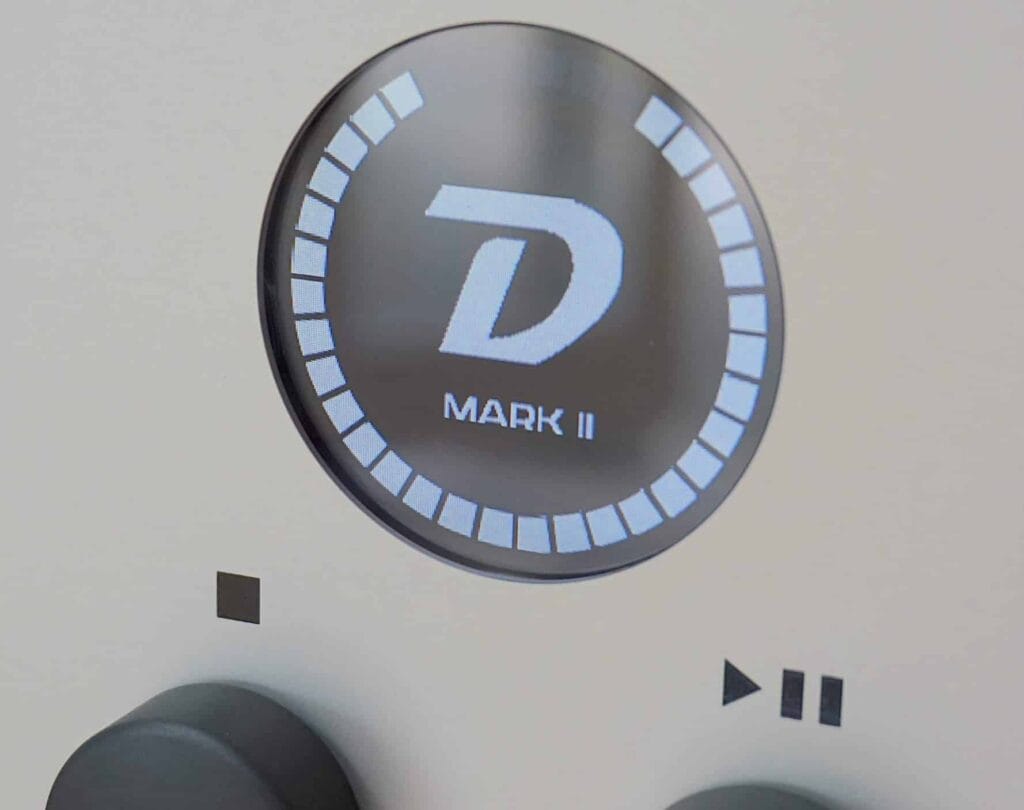
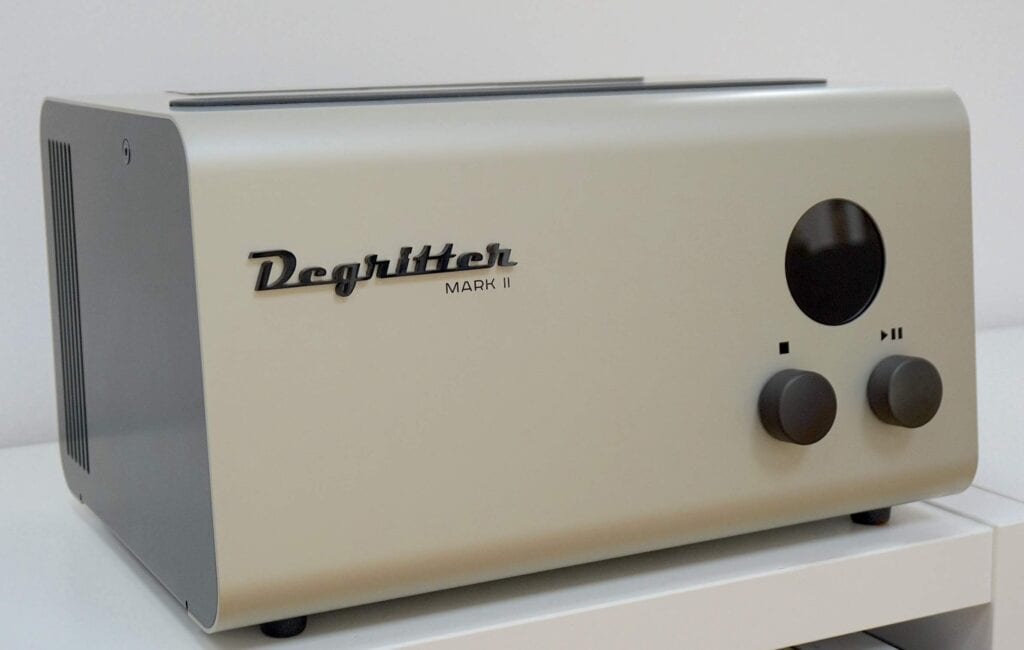
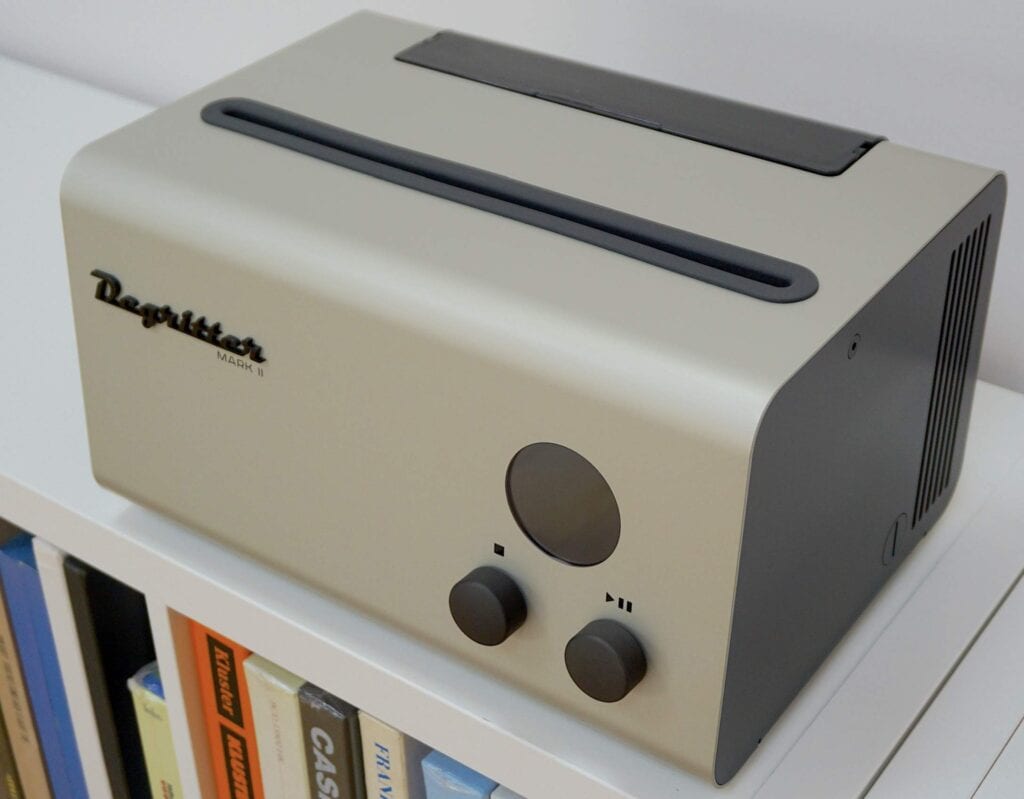
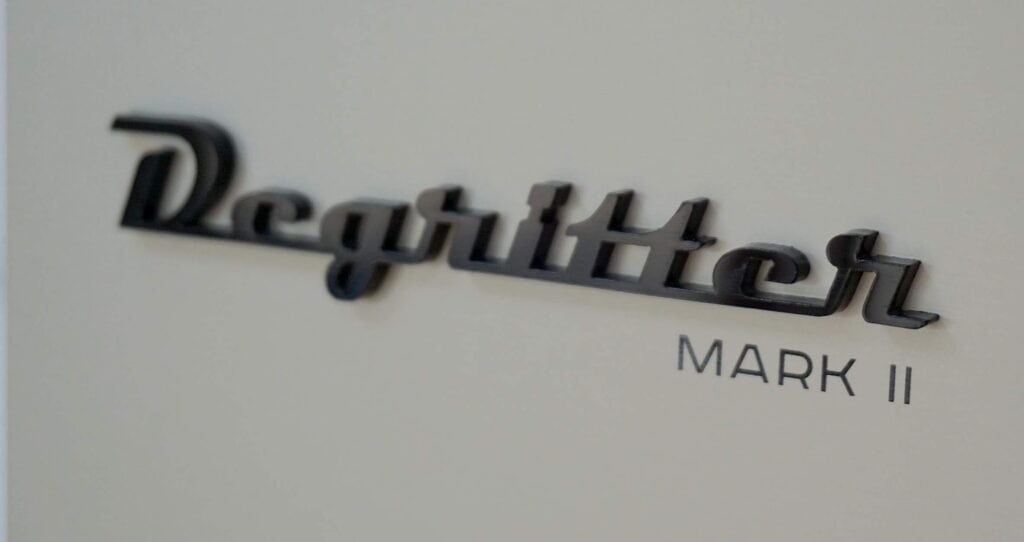
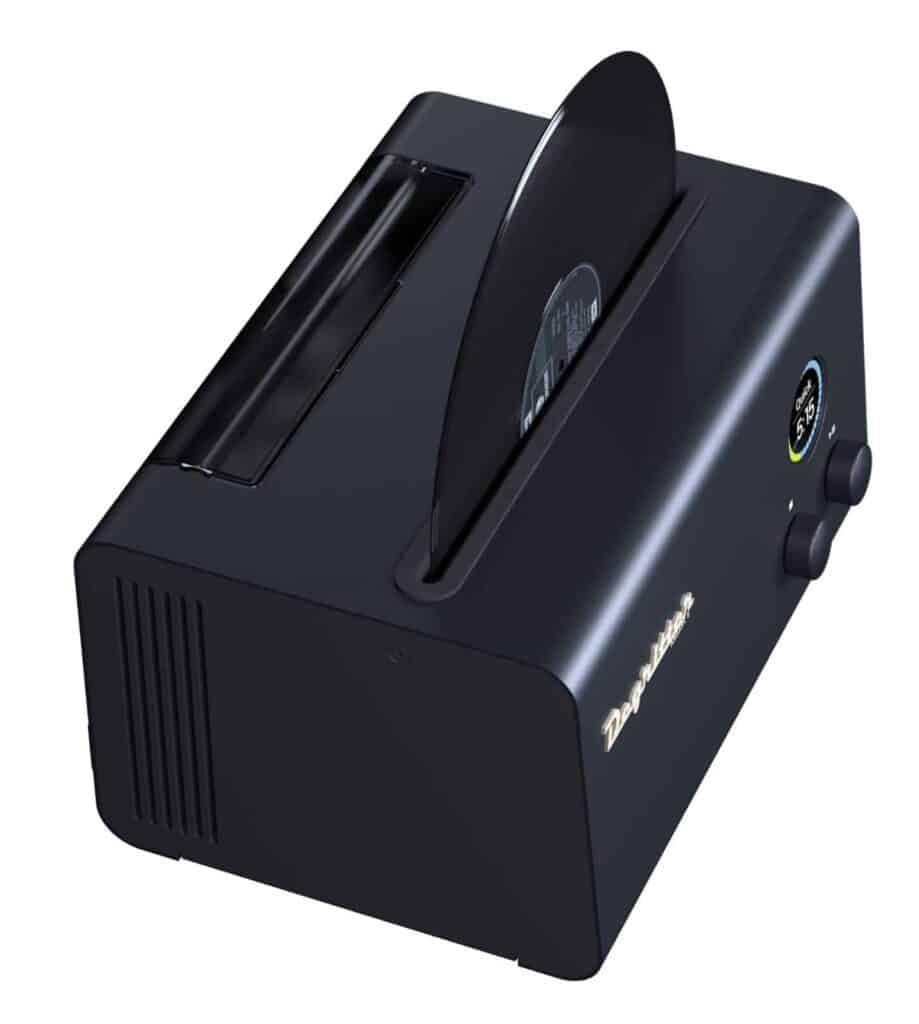
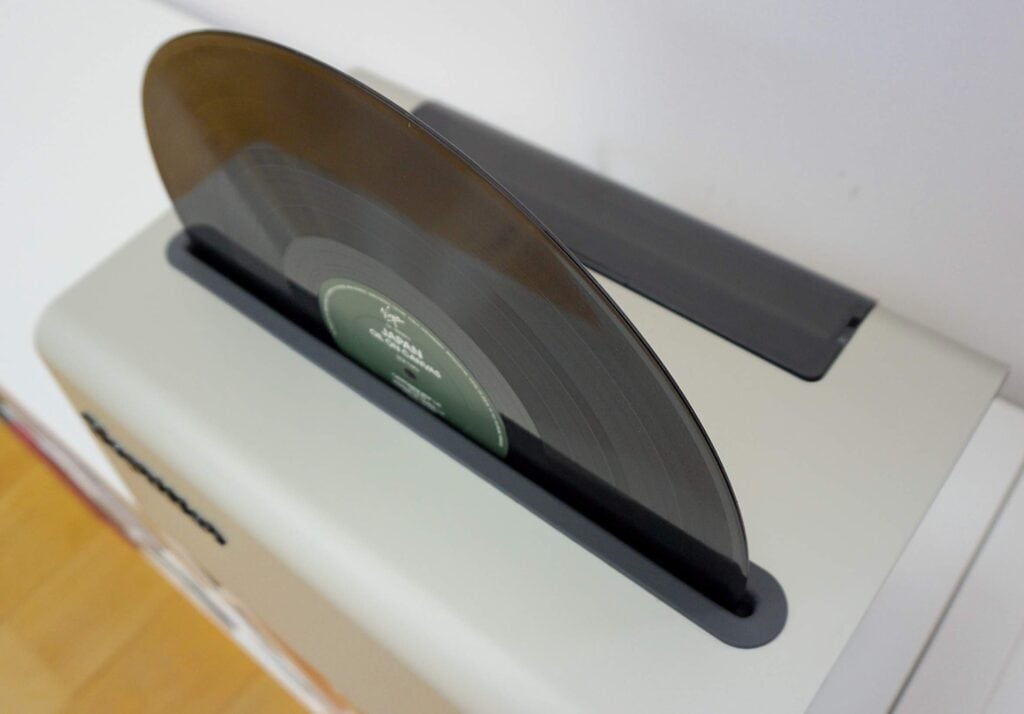
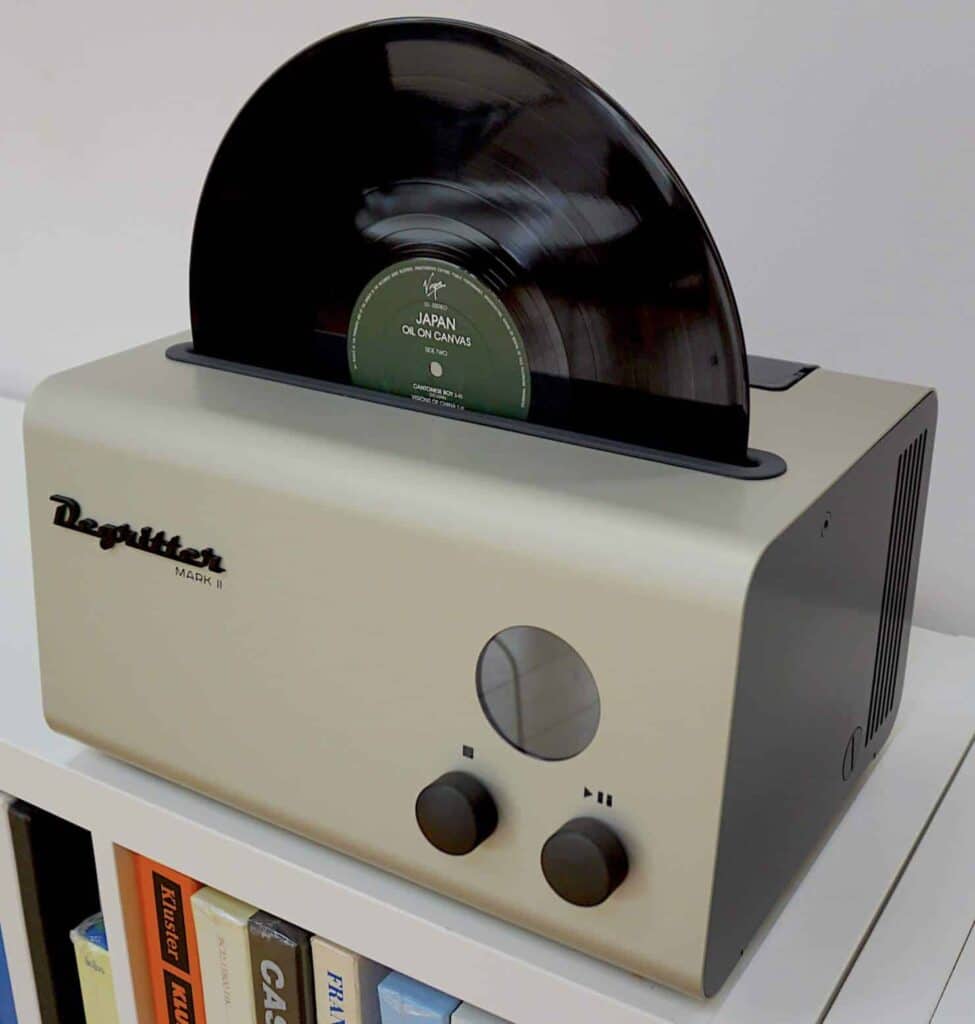
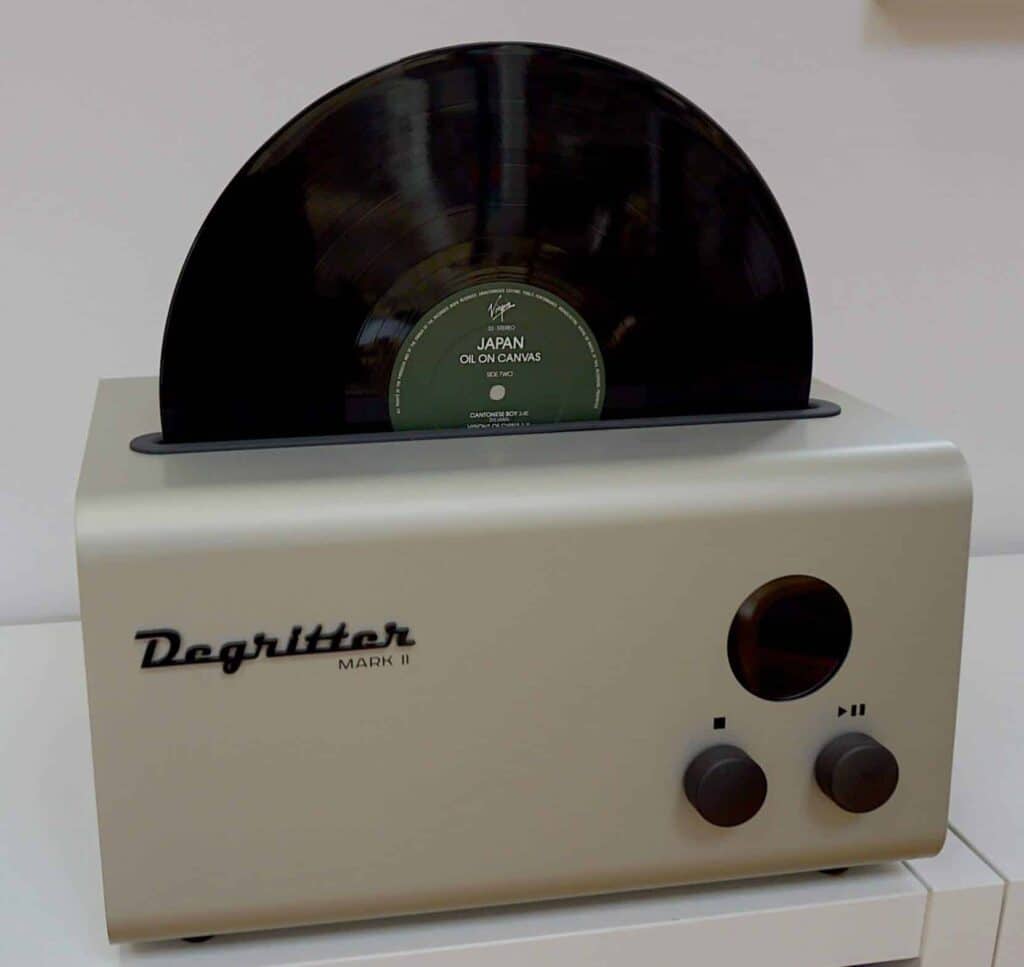
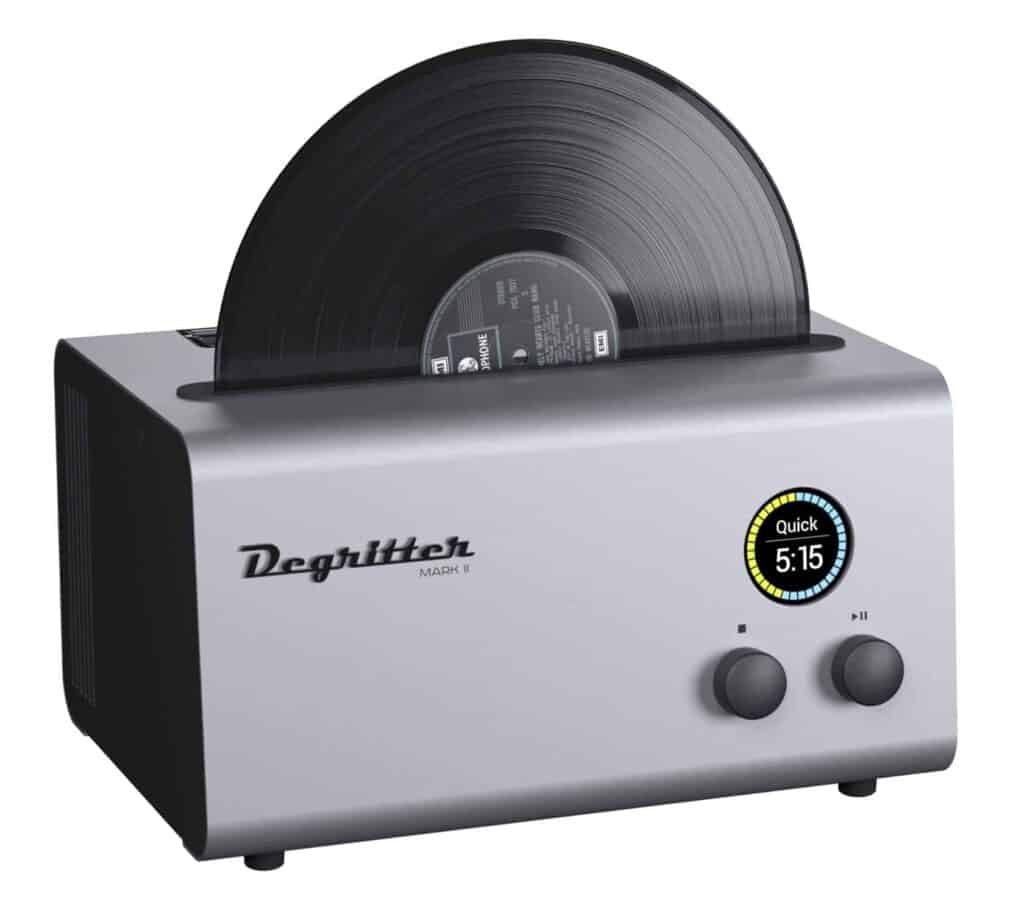



Filters have a finite life – 50 cleaning cycles. BEWARE of suppliers offering FIVE-packs at €22 (I have found FIVE[Belgian, Dutch, French and German]). Degritter will supply TWENTY-FIVE-packs for the same price plus €6 shipping via UPS in the EU. Reputable dealers also supply 25-packs for €22 or £ equivalent.
Do you still recommend 6 cleaning cycles + final rise with Degritter 2 for the best sonic results?
Ultimately, yes. You don’t have to go that far to see good results but that is my ultimate cleaning regime.
And how many extra cycles with the Degritter 2, after 5 cycles with the original degritter?
Thanks
Patrick
You’re using both machines to clean a single record?
I cleaned a load of records with the original Degritter, but have now used their exchange offer to upgrade to the Degritter 2. I want to get those records up to Degritter 2 levels of cleanliness.
Gotcha – in that case another clean – possibly two – in a ‘2’ plus rinse should do the trick.
Hi Paul, what a great review on the DEGRITTER cleaners. Yes i shall be purchaceing in the near future, also don’t forget the new record inner-sleeve.
Thanks a lot Ted.